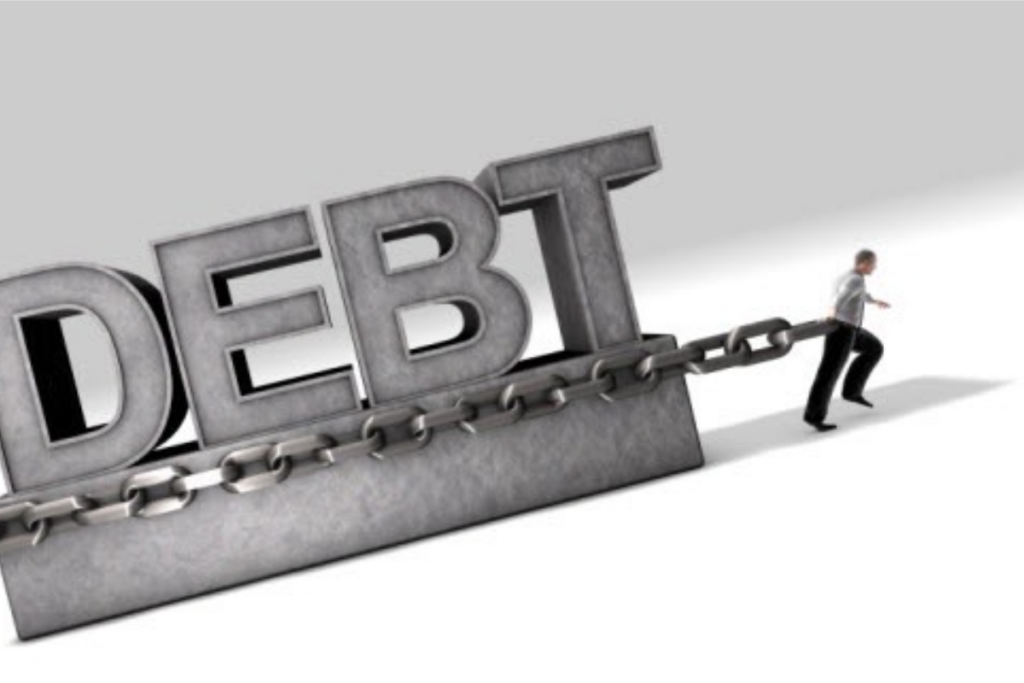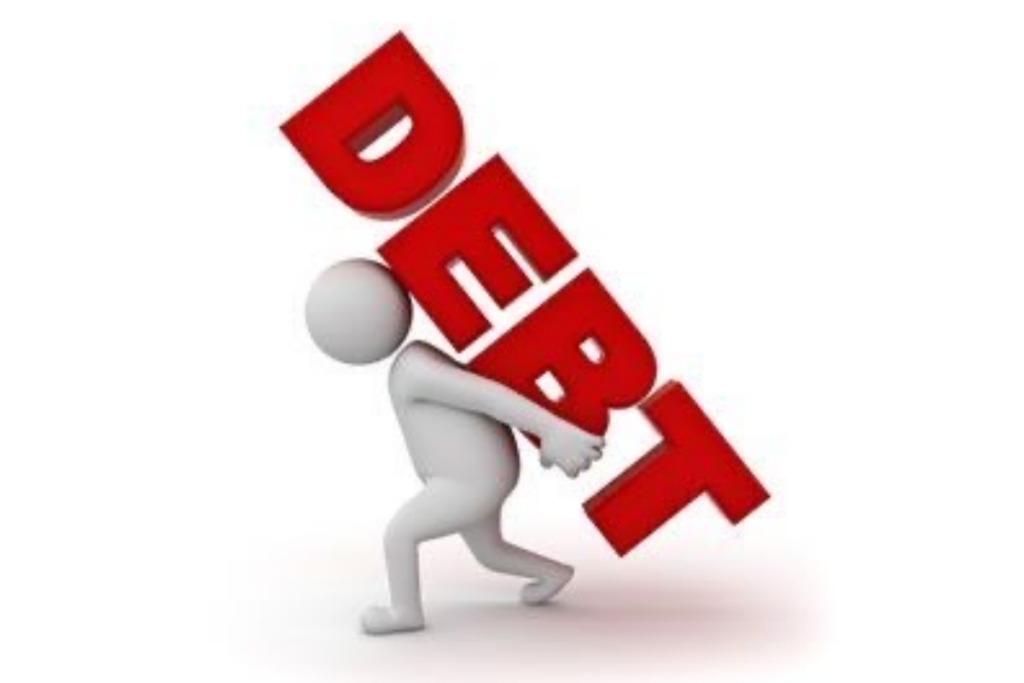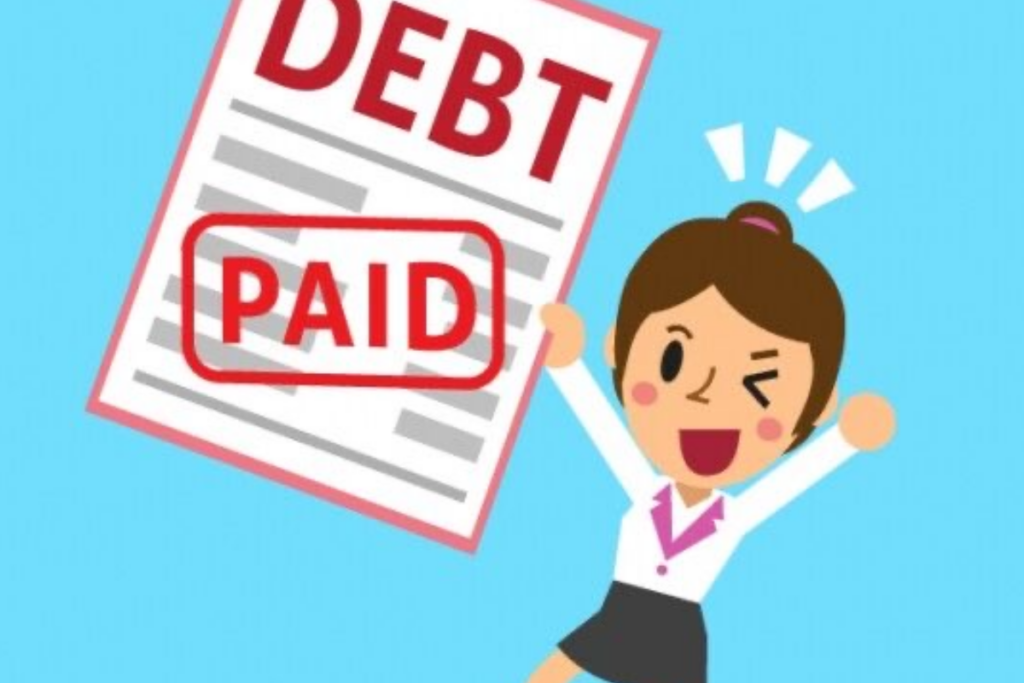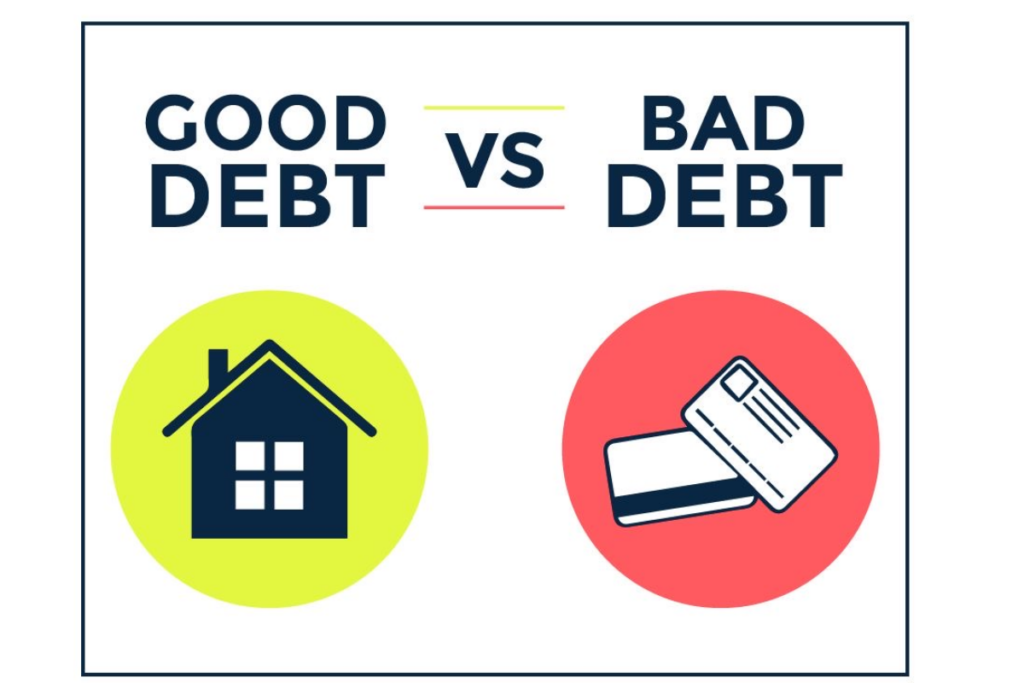Debt is usually considered bad, but not all debts are the same. There is good debt and bad debt. The main difference between good and bad debt is how the money you borrow affects your financial situation.
Good debt can help you improve your finances, while bad debt can make things more challenging. Good debt can help you in the long run, while bad debt happens when you borrow money for things you don’t need or money you borrowed that you can’t afford to pay back quickly.
While good debt can help you earn more money in the future, bad debt can hurt your current and future finances. Here’s a more detailed look at the two.
What Is Good Debt?
Good debt is when you borrow money to help with important things or reach significant goals. These goals might include buying a house, paying for school, or starting a business. Good debt is the type of debt that can also help you boost your credit score, which is essential for borrowing money in the future. When appropriately managed, borrowing money can help you grow your wealth or open up new opportunities.

What makes debt a good one depends on how you manage it. This means using credit (debt) responsibly. For example, if you borrow money and pay it back on time every month, you use your debt responsibly.
However, even loans or credit cards that start as good debts can become bad if you cannot pay them back on time. This is why it is vital to borrow carefully and only take debt you know you can handle.
ALSO READ: Top Ten U.S. States With the Highest Student Loan Debt
Examples of Good Debt
The following are examples of how to use good debts:

Mortgages
A mortgage is a loan to buy a house, which can help increase your wealth over time. When you make your monthly mortgage payments, you build something called equity. Equity means you own more of the house as you make payments. Sometimes, you can get a tax break on the interest you pay.
However, mortgages can be complicated, so it is essential to read all the details carefully and ask questions to understand how your mortgage works, especially if it has an adjustable interest rate that can change. You should make sure you know this to avoid your good debt turning into a bad one.
Personal Loans
Personal loans can be used for many things, like paying off other high-interest debt. Getting a loan with a lower interest rate can help you save money in the long run. Many personal loans do not require you to offer collateral or something valuable like your house. However, since personal loans come in many forms, it is important to understand the terms before deciding if they are the right choice.
Students Loans
Borrowing money for college or other education can be considered good debt. This is because getting a degree may help you earn more money in the future. Student loans usually have lower interest rates than other types of debt, and you may even get a tax break on the interest.
However, student loans can become problematic if you borrow too much or struggle to repay them. So, it is important to borrow wisely and understand what you will have to pay back in the future.
Auto Loans
An auto loan helps you buy a car. If the vehicle enables you to get to work or school, it can be considered a good type of debt. This is because it improves your situation. However, car loans can be tricky. If the car is too expensive or the interest rate is too high, the debt can become a problem. You must plan for all the costs, including the down payment and monthly payments, to ensure you can afford the loan.
What Is Bad Debt?
Debt can be a problem if it is hard to pay back or if it doesn’t help you in the long run. An example is loans that charge you a lot of interest or have strict repayment rules. They can make debt bad.

Before you borrow money, it is crucial to think about how it will affect your debt-to-income (DTI) ratio. This compares how much money you make and how much debt you have. If the debt you want to take will require monthly payments higher than what you make each month, it could become difficult to pay back. This is a warning sign that taking on that debt might not be a good idea.
ALSO READ: Student Loan Forgiveness: Woman Cries Over Father’s Response
Examples of Bad Debt
The following are some examples of bad debt:

Debts You Cannot Afford
This type of debt occurs when you borrow money but cannot pay on time. For instance, buying a house can be wise if you have a steady job and can pay your monthly mortgage without any trouble. However, it will become a bad debt if you cannot keep up with those payments. When you start missing payments, it can hurt your credit score, which is essential for borrowing money in the future.
Payday Loans
Payday loans are short-term loans that usually come with very high interest rates. They are often easy to get because you do not need a credit check. However, they must be paid back quickly, often by your next payday.
If you do not pay them back on time, they can be sent to collections, negatively affecting your credit score. This type of credit has no financial benefit. Even if you pay them back on time, they usually do not help improve your credit score.
Debts That Affect Your Credit Score Negatively
Your credit score can be negatively affected if you do not manage your debt well. For example, even if you have a loan that started as good debt, falling behind on payments or using too much of your available credit can lower your credit score. It is crucial to handle debt responsibly so it doesn’t become a bigger problem.
Types of Debt Management
Debt management means figuring out how to handle the money you owe and how to pay it back. There are several types of debt management options that can help you handle your debts. They include:

- Debt Management Plans (DMPs)
- Debt consolidation
- Credit counseling
- Debt settlement
- Bankruptcy
The best of type debt management option for you depends on your financial situation and how much help you need.

